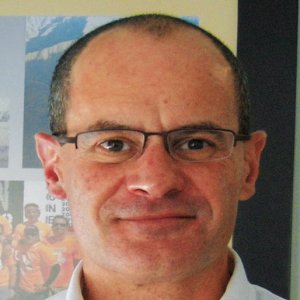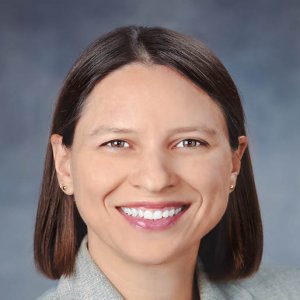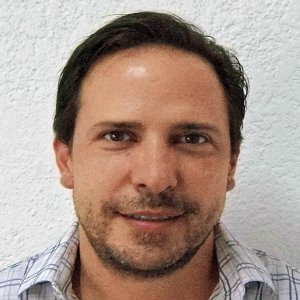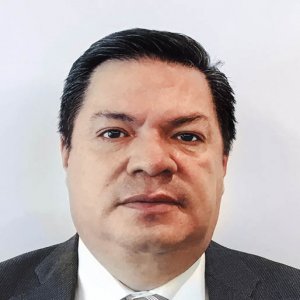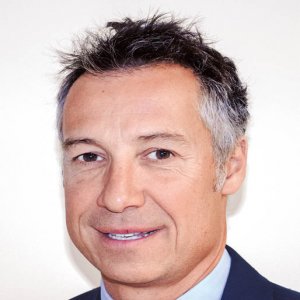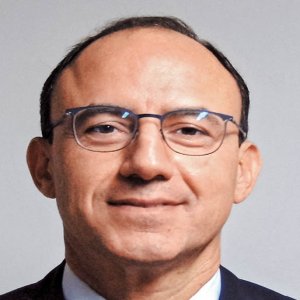Orphan Drugs Face Tough Environment

STORY INLINE POST
Rare diseases are often difficult to treat because developing medications for them is costly for manufacturers, which can make them prohibitively expensive for patients and insurers. To address this problem, COFEPRIS is supporting drug manufacturers, such as BioMarin, with simpler administrative processes.
Rare diseases affect less than five in 10,000 individuals, but with thousands of rare diseases, millions are affected. In Mexico, 8 million individuals are estimated to have one, according to the Mexican Federation for Rare Diseases (FEMEXER). Medications used to treat rare diseases are called orphan drugs and their development can be costly due to the nature of the diseases themselves. BioMarin, a California-based pharmaceutical company specializing in orphan drugs for achondroplasia, hemophilia and several types of Mucopolysacharidosis (MPS), says there are several factors that complicate their production and distribution.
“Gaining access to treatment is becoming more and more complex, mainly due to three reasons: cost, availability of government resources allocated to rare disease care and lack of knowledge of the authorities and doctors,” says David López, Country Manager of BioMarin in Mexico. The correct diagnosis of a rare disease can be hindered by a physicians’ unfamiliarity with it, complicating the generation of a patient population for clinical trials. López says that frequently it is only after a successful treatment is developed that doctors increase their awareness and know what to look for in patients. All medications must be tested on sufferers of the condition they treat, yet for rare diseases these patients can be scattered over countries and continents. For this reason, clinical trials are multinational with a handful of patients in each country, complicating logistics and raising costs.
Providing treatment for these diseases in Mexico runs into additional difficulties since the drugs, produced at high cost and in fewer quantities, tend to be more expensive, leaving a large percentage of sufferers depending on the social security system for their treatment. López estimates that 40 percent of sufferers depend on IMSS for their rare-disease treatments, while another 40 percent rely on the Seguro Popular. However, public institutions are sometimes reluctant to spend a large portion of their ever-shrinking budgets on drugs that will treat very few patients. “In the last 18 months, Seguro Popular cut around MX$10 billion (US$555 million) from its catastrophic fund, which is the budget for rare diseases and other expensive afflictions such as cancer. At the same time, IMSS has not accepted any new molecule for rare diseases in the last five years,” says López. Patients at private institutions may not have an easier time finding relief. Most private insurers do not cover rare diseases, which are considered pre-existing conditions.
There are three steps for a drug to become available in Mexico. The first is registration, which usually takes four to six months, but the second and third steps are more complicated. The second is to register the drug with the National Health Council (CSG), which then adds it to the National Formulary. Finally, a purchaser, such as IMSS, ISSSTE, Seguro Popular or PEMEX, must accept the product.
Considering all the challenges to introduce orphan drugs into the Mexican healthcare sector, regulators are trying to simplify the process. “COFEPRIS understands very well how orphan drugs are developed. It never asks for a long and complex clinical trial because it knows a 50-100 patient trial requires the same, or frequently more effort and investment to develop and it is really open to approving these drugs,” López says. Due to those small numbers, orphan drugs do not need to be retested in Mexico because the country accepts FDA or EMA certification.
The result is a faster introduction of orphan drugs into the country, benefitting many patients. “There are about 500 patients receiving lysosomal treatment for six different diseases and the compliance rate or adherence to treatment is just under 80-90 percent. This is very good when compared with that of chronic diseases,” López says. This will also benefit orphan drug manufacturers, which are studiously working on the development of more medicines to treat those patients. According to López, the future of the market depends on continued innovation.
